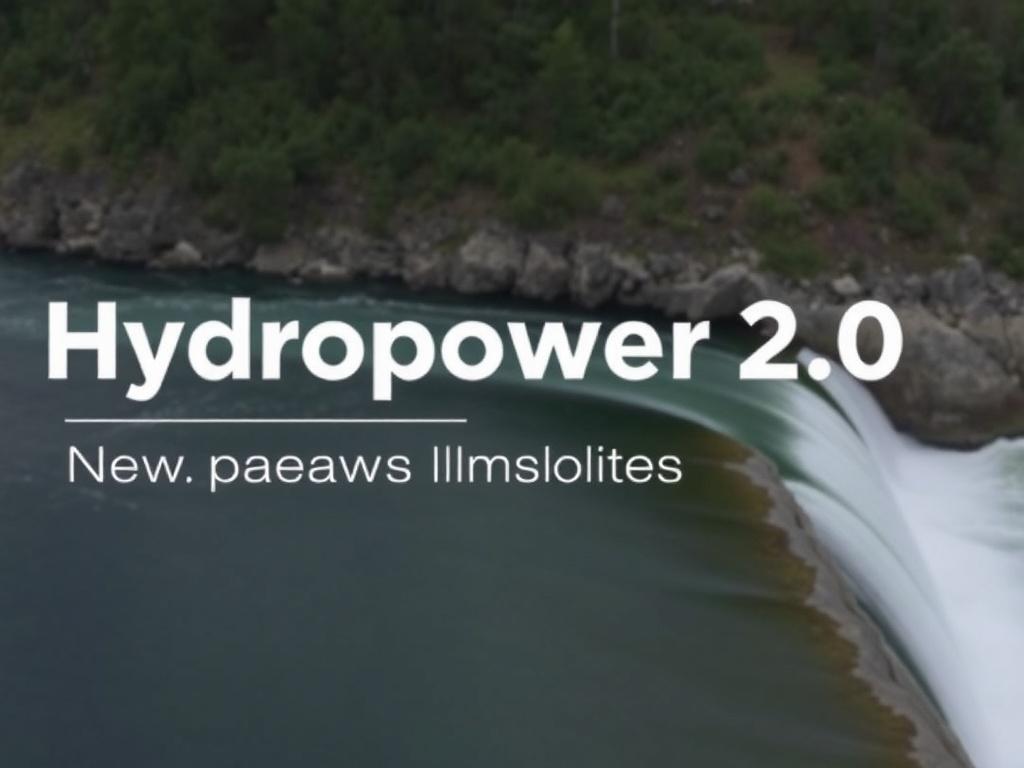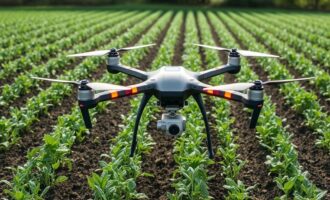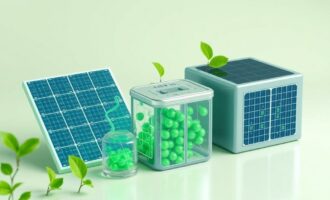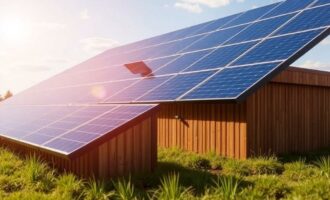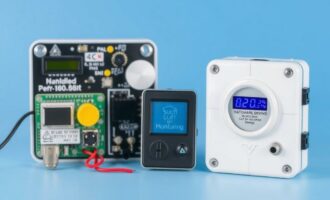- What is Hydropower 2.0?
- The Rise of Next-Gen Water Energy Solutions
- Innovative Technologies Powering Hydropower 2.0
- Environmental Impact and Sustainability of Hydropower 2.0
- Hydropower 2.0 and Energy Access for Remote Areas
- Integrating Hydropower 2.0 with Other Renewable Technologies
- Comparing Hydropower Types in Hydropower 2.0
- Challenges Facing Hydropower 2.0
- Global Examples of Hydropower 2.0 in Action
- Conclusion
Hydropower has long been a reliable source of renewable energy, harnessing the natural flow of water to generate electricity. For decades, traditional hydropower plants have powered communities worldwide, transforming rivers and waterfalls into sources of sustainable energy. However, as our global energy demands increase and environmental concerns intensify, it’s clear that the old ways cannot fully meet tomorrow’s challenges. This is where Hydropower 2.0 comes into play—a new era of water energy solutions designed to revolutionize how we generate clean power. But what exactly is Hydropower 2.0, and how will next-gen hydropower technology shape the future of sustainable energy? Let’s dive into this fascinating topic to understand the innovative changes underway in the world of water energy.
What is Hydropower 2.0?
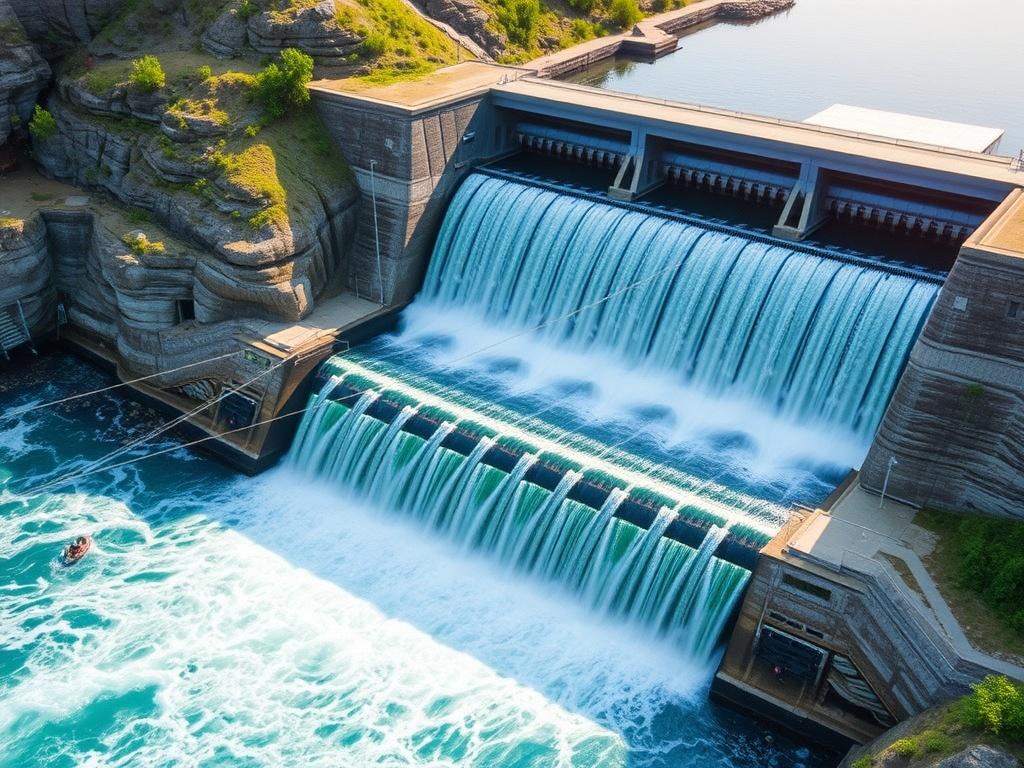
Hydropower 2.0 refers to the latest advancements in hydropower technology that aim to improve efficiency, reduce environmental impact, and increase flexibility in water energy systems. Unlike traditional hydropower plants, which often require large dams and significant alterations to river ecosystems, next-gen hydropower solutions embrace innovation to create cleaner, smaller-scale, and more eco-friendly energy projects.
These cutting-edge technologies integrate smart grids, advanced turbines, and even marine energy systems such as tidal and wave power. The goal of Hydropower 2.0 is to harness water resources in a way that is sustainable, scalable, and adaptable to different geographic and environmental contexts. This can mean anything from underwater turbines operating in rivers with minimal disturbance, to hybrid systems combining hydropower with solar or wind energy for cleaner power grids.
The Rise of Next-Gen Water Energy Solutions
As the world scrambles to meet ambitious carbon reduction targets, next-gen water energy solutions have gained significant attention. Unlike large dams, which can lead to disappearance of fish habitats and risks of dam failures, these new systems are designed to coexist harmoniously with ecosystems while providing reliable power. Advancements include modular micro-hydropower units that can be deployed in remote areas, floating solar-hydropower hybrids, and tidal energy projects that tap the ocean’s rhythms without the bulk infrastructure of traditional hydropower plants.
Let’s explore the factors driving the shift towards these modern water energy technologies:
- Environmental sustainability: Protecting aquatic life and ecosystems is a critical concern in modern hydropower development.
- Energy efficiency improvements: New turbine designs and smart control systems optimize power output from variable water flows.
- Flexibility and scalability: Modular systems allow for incremental energy additions suited for local needs.
- Diversification of renewable sources: Integration with solar, wind, and battery storage creates more stable energy grids.
Innovative Technologies Powering Hydropower 2.0
At the heart of Hydropower 2.0 are several groundbreaking technologies that promise to redefine water energy production:
| Technology | Description | Key Benefits |
|---|---|---|
| Fish-friendly turbines | Specially designed turbines reduce harm to aquatic wildlife passing through hydropower plants. | Protects fish migration and biodiversity. |
| Distributed micro-hydropower | Small-scale generators that harness energy from minor streams or irrigation canals. | Enables rural electrification with minimal environmental impact. |
| Tidal and wave energy converters | Devices that capture energy from ocean tides and waves to supplement energy grids. | Utilizes vast untapped marine energy resources. |
| Advanced energy storage integration | Combining water energy with battery storage systems optimizes energy availability. | Smooths supply fluctuations ensuring grid stability. |
| Hybrid solar-hydropower systems | Combining solar panels with hydropower infrastructure to maximize land/water use. | Increases energy density and system resilience. |
Each of these advancements contributes to making hydropower more responsive to environmental and social considerations while boosting renewable energy output.
Environmental Impact and Sustainability of Hydropower 2.0
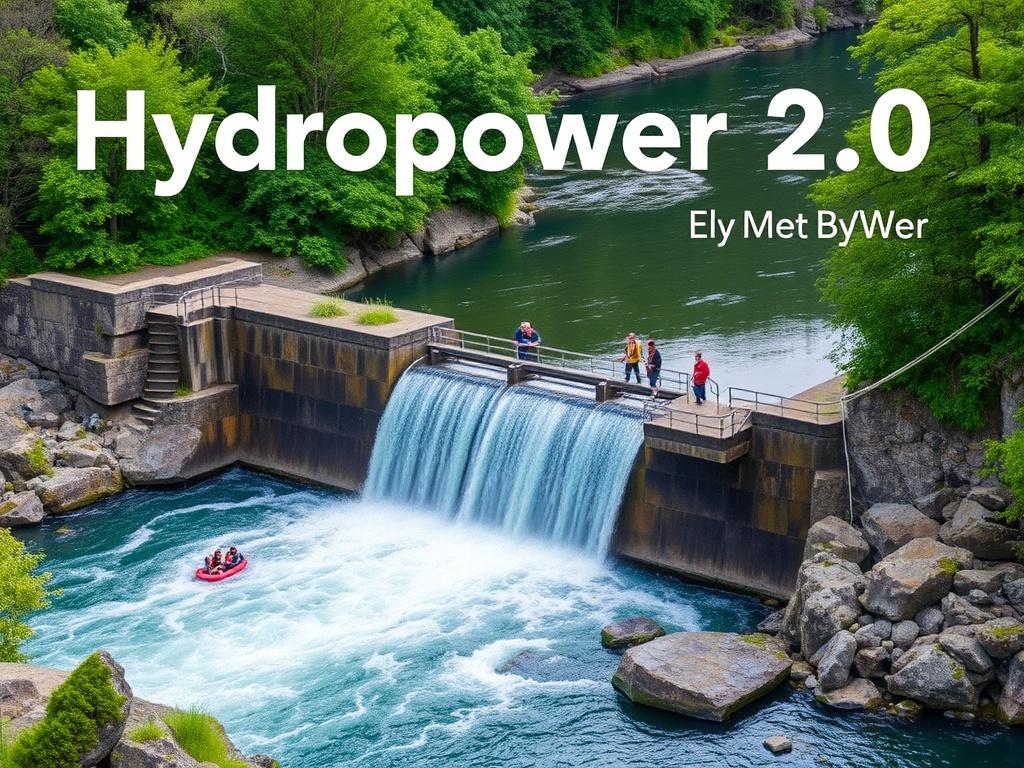
One of the biggest criticisms of traditional hydropower has centered around its ecological footprint. Large dams flood vast areas, disrupt sediment flow, and impede fish migration, negatively impacting river ecosystems. Hydropower 2.0 tackles these challenges head-on by promoting water energy solutions that minimize environmental disruption.
For instance, fish-friendly turbines use blade designs that allow fish to pass safely, drastically reducing mortality rates. Micro-hydropower units avoid the need for damming entirely—these underwater turbines can operate submerged in natural river flows, providing clean power without obstructing aquatic habitats. Moreover, tidal and wave energy converters tap into ocean movements without harming marine ecosystems or altering coastlines significantly.
Pressure on freshwater resources is another concern, especially in regions affected by droughts and climate change. Next-gen hydropower systems focus on low-impact water use by optimizing flow requirements and incorporating real-time monitoring to adjust energy production based on environmental conditions.
Beyond ecological benefits, these innovations also improve social acceptance of hydropower projects. By preserving fish populations, maintaining natural river landscapes, and involving local communities in planning, Hydropower 2.0 aligns energy generation with sustainability goals.
Hydropower 2.0 and Energy Access for Remote Areas
One of the most exciting aspects of next-gen water energy solutions is their potential to expand energy access where traditional grids do not reach. Distributed micro-hydropower systems can be installed in rural communities near small rivers or irrigation channels, providing clean, reliable power without the need for expensive grid infrastructure.
In many parts of the world, millions of people still lack basic electricity. Hydropower 2.0 promises a scalable solution that can be tailored to local water resources and energy demands. The modularity and low environmental impact make it ideal for off-grid applications and community-driven electrification projects.
When combined with solar panels and battery storage, these systems can offer continuous energy supply—even during dry seasons or periods of low water flow—helping improve the quality of life, boost education and healthcare facilities, and support economic development in underserved regions.
Integrating Hydropower 2.0 with Other Renewable Technologies

The future of sustainable energy lies in developing hybrid systems that combine multiple renewable sources to balance strengths and weaknesses. Hydropower excels at providing stable, dispatchable power, but its output can be affected by seasonal changes or droughts. Solar and wind energy, on the other hand, fluctuate daily and seasonally but are abundant in many regions.
Hydropower 2.0 solutions capitalize on this by integrating water energy with solar panels, wind turbines, and battery storage to create resilient power systems. For example, floating solar installations on reservoirs affiliated with hydropower plants reduce evaporation while boosting total energy generation. Hybrid microgrids combine small hydropower units with solar arrays and energy storage to optimize supply and demand in off-grid or weak-grid areas.
The coordination enabled by smart grid technologies and advanced forecasting tools makes it possible to maximize the efficient use of each resource, reduce waste, and ensure a more reliable, carbon-free electricity supply.
Comparing Hydropower Types in Hydropower 2.0
Below is a summarized comparison of different hydropower types prominent in next-gen water energy solutions, highlighting their uses and advantages:
| Hydropower Type | Scale | Environmental Impact | Ideal Application |
|---|---|---|---|
| Large dam-based hydropower | Macro | High (can affect ecosystems and communities) | Large electricity markets with available water reservoirs |
| Run-of-river systems | Small to medium | Moderate to low (minimal reservoir required) | Rivers with continuous flow and moderate elevation changes |
| Micro-hydropower units | Micro | Very low (no major infrastructure) | Remote or rural communities with small watercourses |
| Tidal energy converters | Medium to large | Low to moderate (dependent on location) | Coastal areas with predictable tidal ranges |
| Wave energy devices | Medium | Low (minimal disruption) | Coastlines with consistent wave activity |
This table demonstrates how Hydropower 2.0 caters to diverse energy needs and geographic settings by leveraging a spectrum of technologies.
Challenges Facing Hydropower 2.0
While Hydropower 2.0 holds incredible promise, it is not without its challenges. These include technological, financial, regulatory, and environmental hurdles that must be addressed to unlock widespread adoption.
- High upfront costs: Advanced turbines, tidal converters, and hybrid systems can require substantial investment before delivering returns.
- Environmental permitting: Despite improvements, some projects still require lengthy environmental impact assessments and community consultations.
- Grid integration: Coordinating hydropower with intermittent renewables and existing infrastructure demands advanced control systems and smart grid technologies.
- Variable water availability: Climate change impacts water cycles, making reliable hydropower output less predictable in some regions.
- Technological maturity: Some promising tidal and wave energy technologies remain in pilot stages awaiting large-scale deployment.
However, many governments, researchers, and companies worldwide are investing heavily to overcome these barriers through innovation, supportive policies, and partnerships. The future is bright for Hydropower 2.0 as it matures into a key pillar of clean energy portfolios.
Global Examples of Hydropower 2.0 in Action
Across the globe, several projects showcase the practical benefits and diverse approaches of next-gen water energy solutions:
- Europe’s tidal energy farms: The UK and France have installed tidal turbines in estuaries demonstrating efficient marine power production with limited ecological impact.
- Micro-hydro villages in Nepal: Remote communities harness river currents with small turbines offering local power independent of national grids.
- Floating solar-hydropower hybrids in Asia: Countries like China and India combine solar panels on dam reservoirs to boost renewable output and reduce evaporation.
- Smart hydropower plants in North America: Advanced sensors and AI optimize turbine operation in real-time for better efficiency and fish protection.
These examples prove that Hydropower 2.0 technologies are not just theoretical but are actively transforming renewable energy landscapes worldwide.
Conclusion
Hydropower 2.0 marks a transformative shift in how we think about water energy—moving from large, often ecologically disruptive dams to smarter, more sustainable, and versatile solutions that blend seamlessly with nature and other renewable sources. By embracing innovative technologies like fish-friendly turbines, micro-hydropower units, and tidal converters, next-gen water energy solutions promise to expand clean energy access, protect ecosystems, and stabilize power grids in a warming world. Although challenges remain regarding cost, regulation, and technology readiness, the global momentum behind Hydropower 2.0 is unmistakable. As investment grows and innovation continues, hydropower will play an even greater role in powering a sustainable future—helping us meet our ambitious climate goals while preserving the vital aquatic systems we depend on. Whether powering remote villages or urban centers, Hydropower 2.0 exemplifies the next frontier in renewable energy, offering a blueprint for how water can continue to fuel human progress for generations to come.
Как вам статья?

